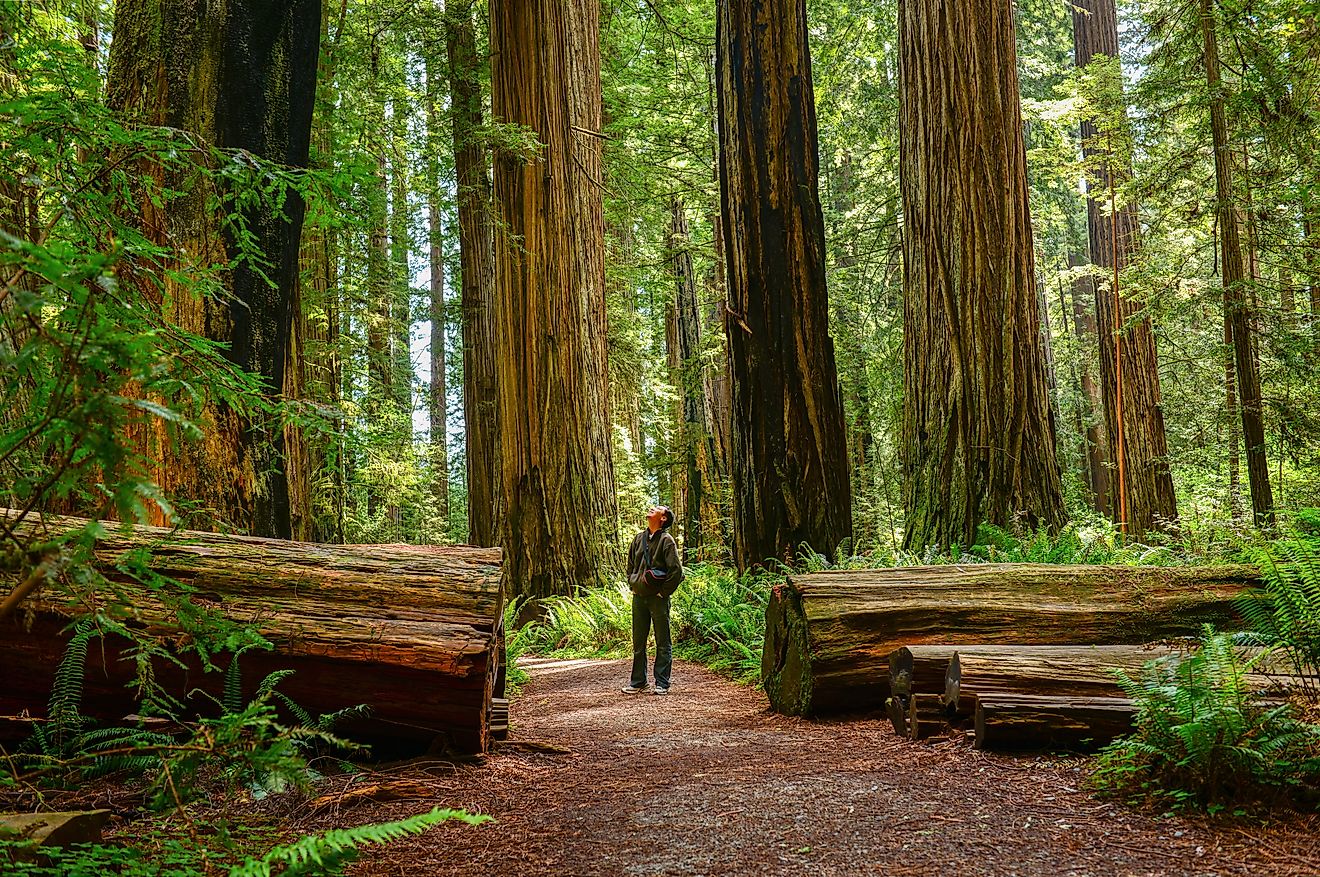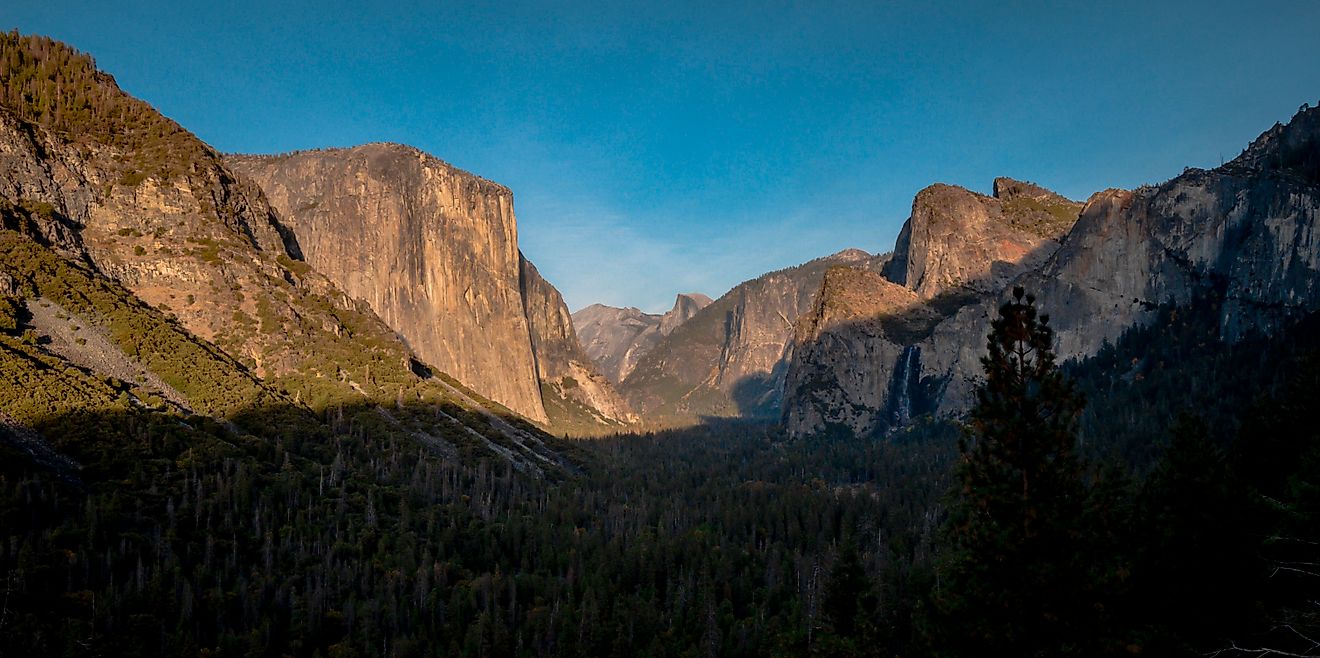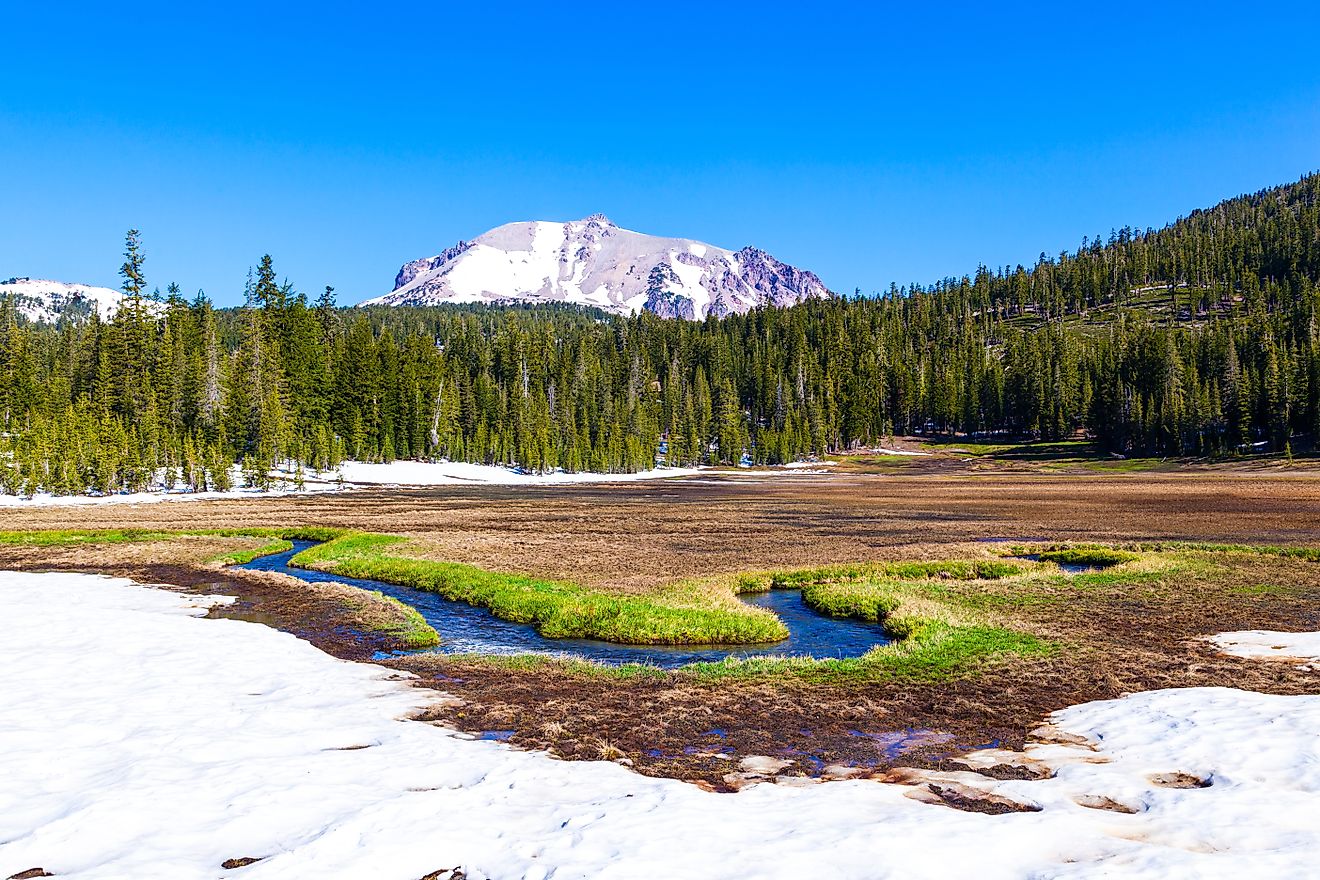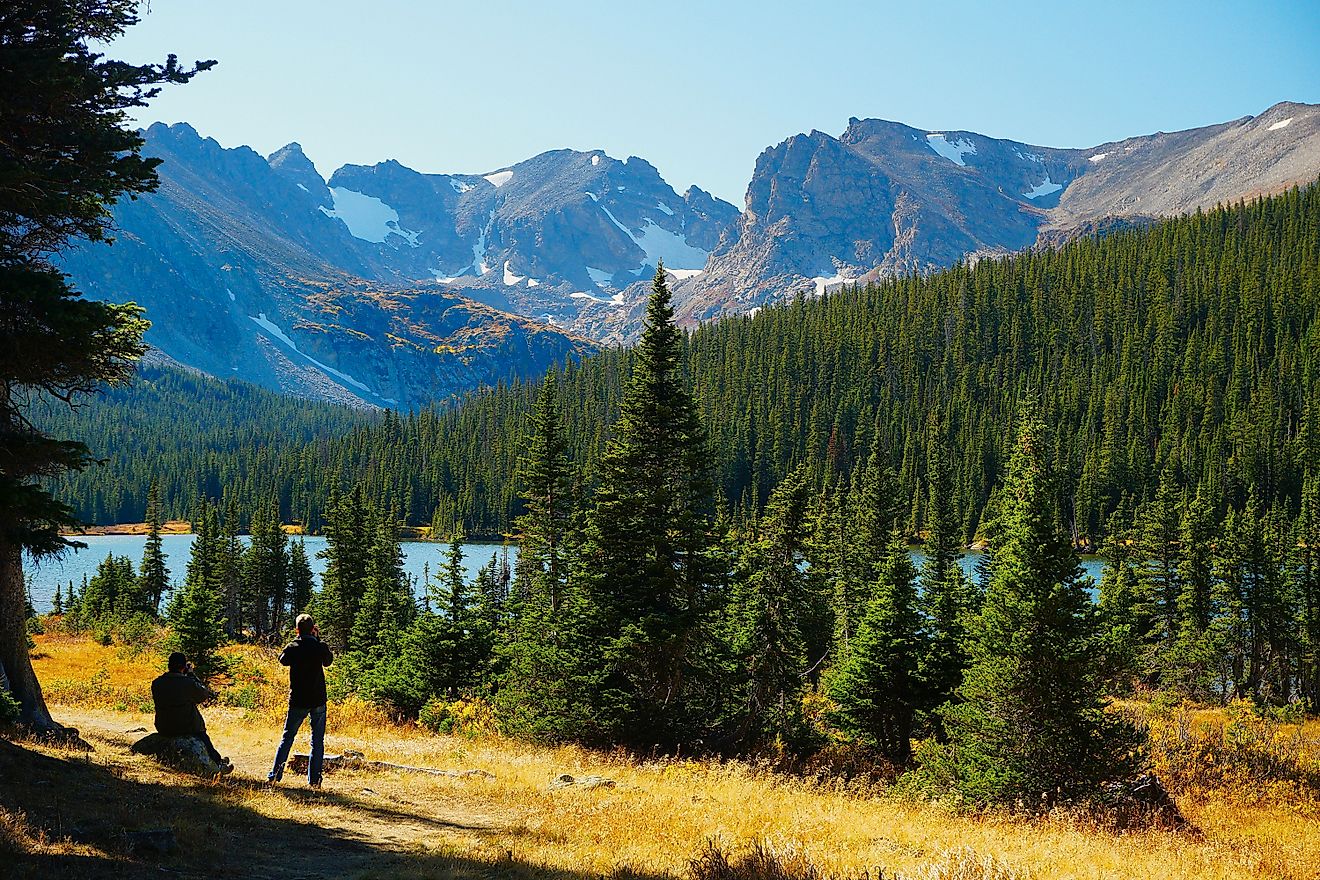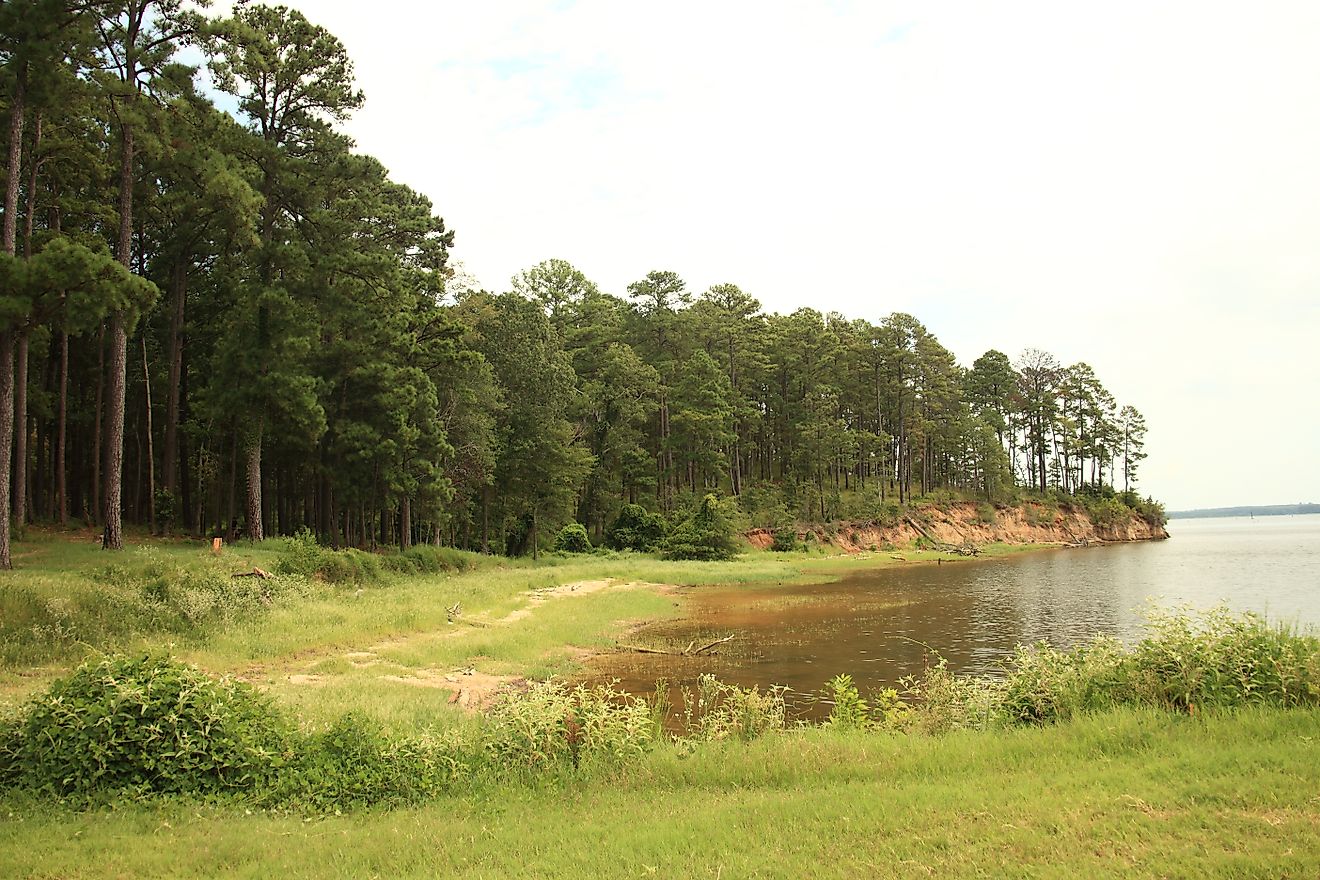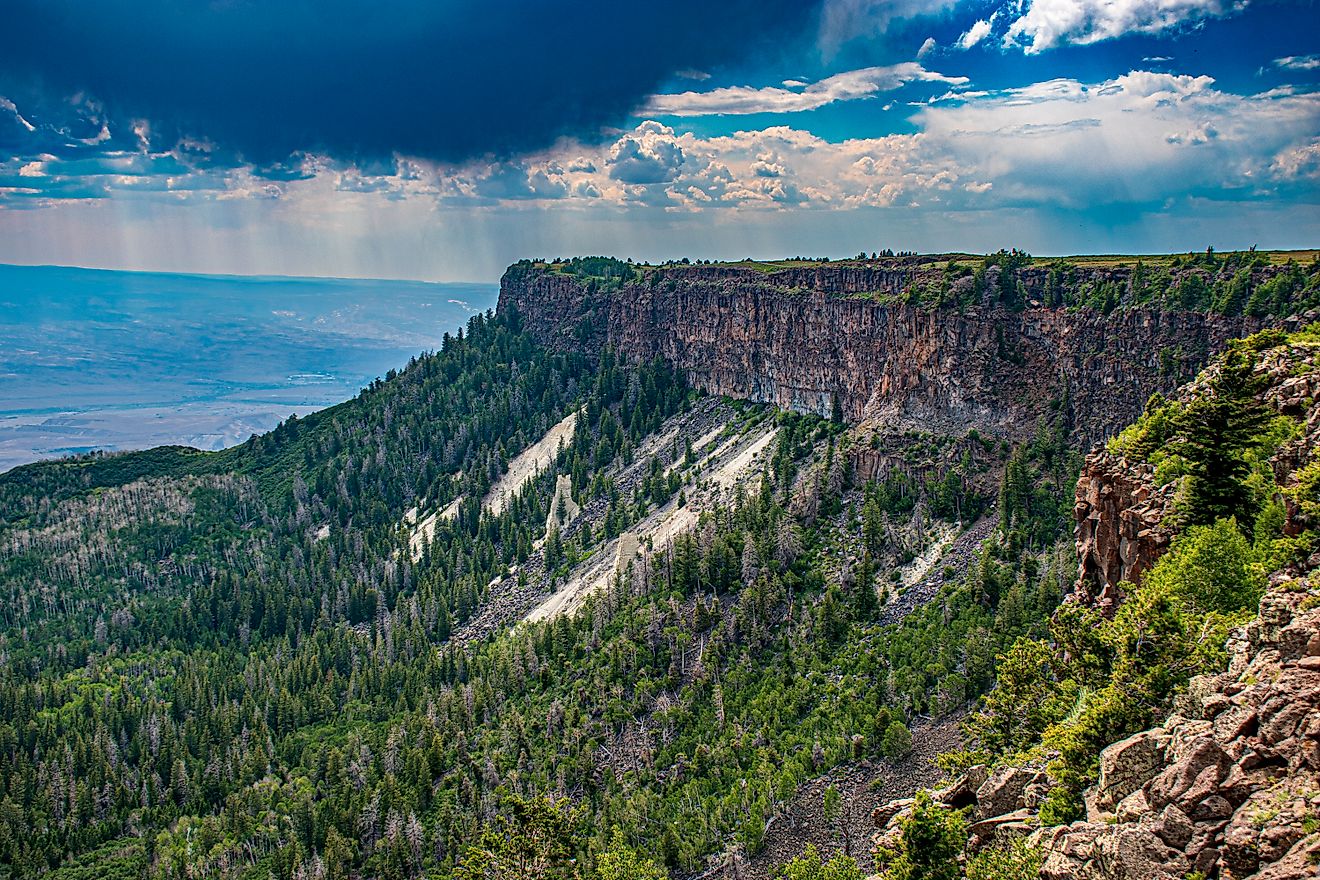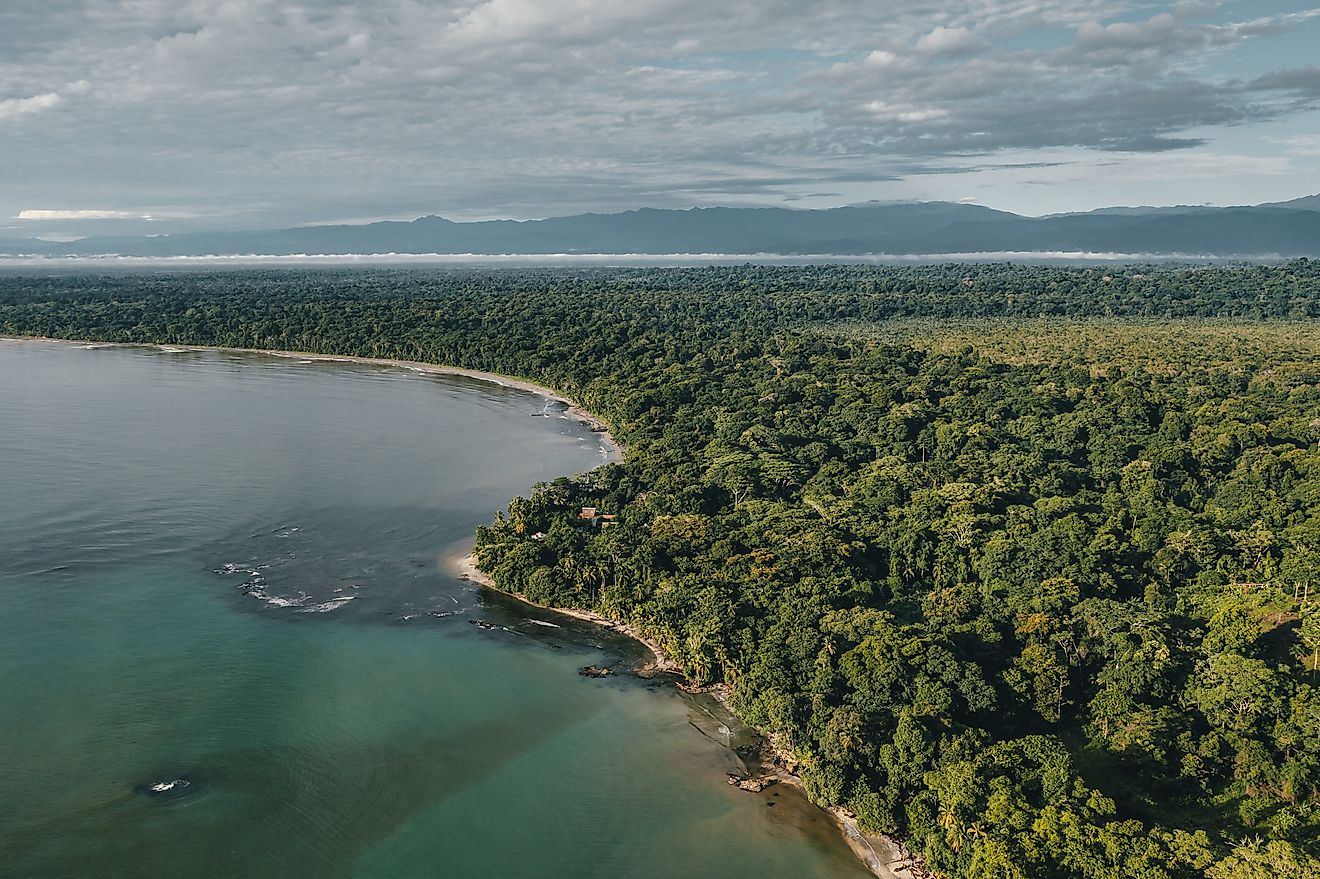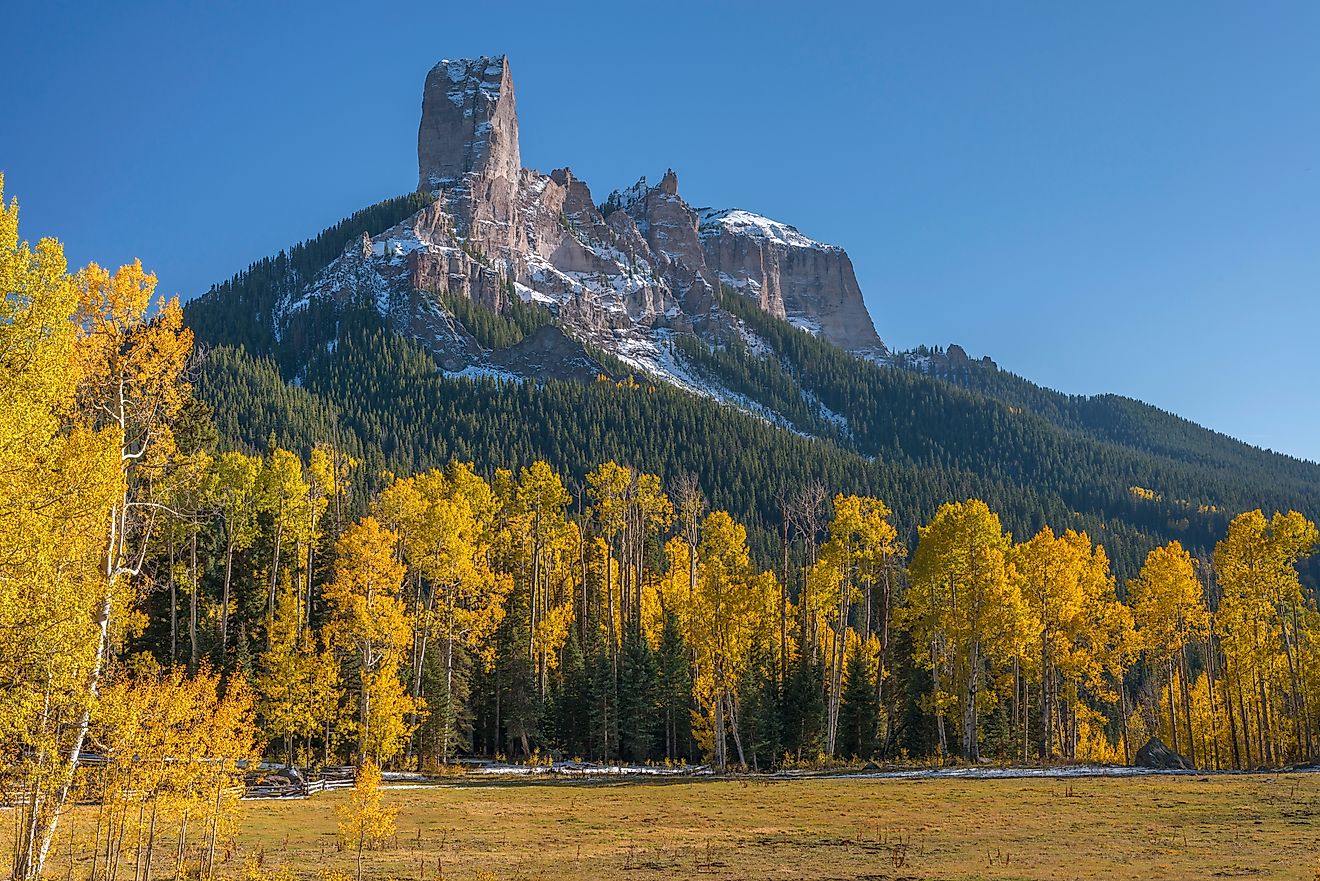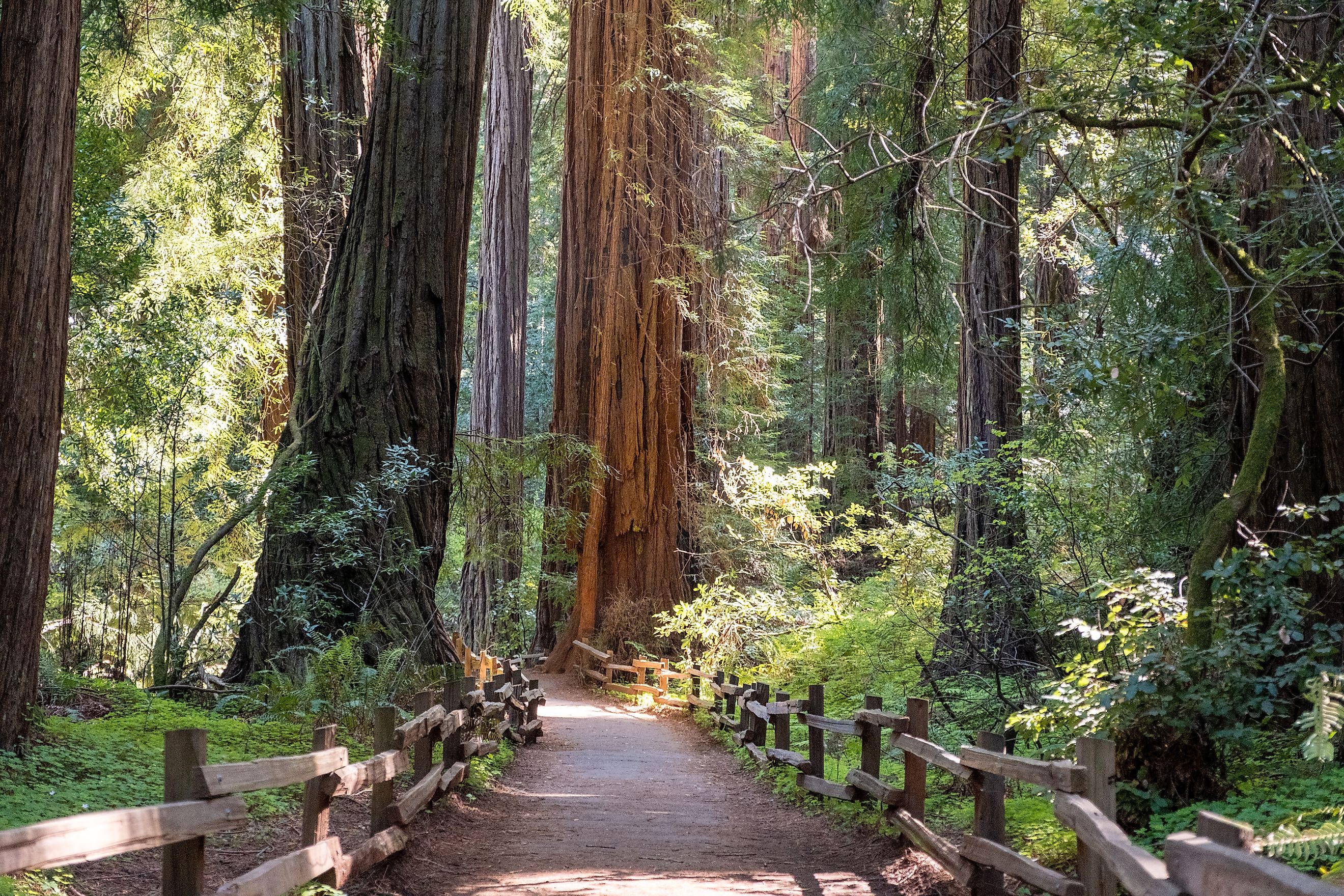
Muir Woods National Monument
The first time you step into Muir Woods, the air changes. It feels cooler, heavier, and filled with the scent of damp earth and pine resin. Sunlight filters in thin beams through a canopy that stretches hundreds of feet above, and suddenly the everyday noise of the world seems very far away. This forest of coast redwoods, just north of San Francisco, is more than a park. It is a living cathedral, one of the last remnants of an ancient ecosystem that once covered vast swaths of California’s coast.
Muir Woods National Monument is not simply a place to see tall trees. It is a reminder of what the American landscape looked like long before highways, suburbs, and skyscrapers. Walking its trails connects you to natural history, cultural memory, and the enduring spirit of conservation that saved this forest from destruction.
The Story Behind Muir Woods
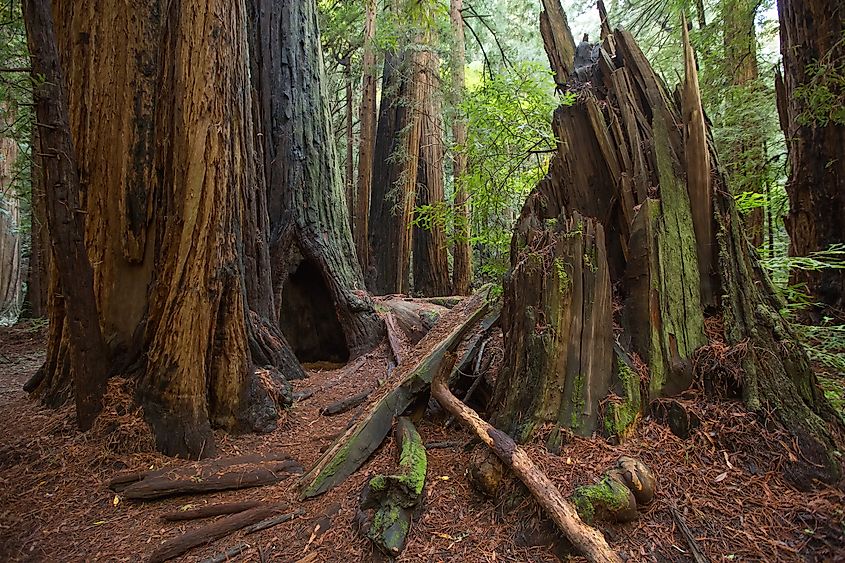
The trees of Muir Woods are survivors. Coast redwoods once thrived across the northern hemisphere, but today they grow naturally only along a narrow strip of the California and Oregon coasts. By the late 19th century, logging had already destroyed much of the Bay Area’s redwood forests.
In 1905, Congressman William Kent and his wife, Elizabeth, purchased 611 acres of forestland in Marin County to save it from loggers. Two years later, they donated 295 acres to the federal government. President Theodore Roosevelt declared it a national monument in 1908, naming it after the influential naturalist John Muir.
Muir himself called the forest “the best tree-lovers monument that could possibly be found in all the forests of the world.” His words still ring true today.
Walking Among the Redwoods
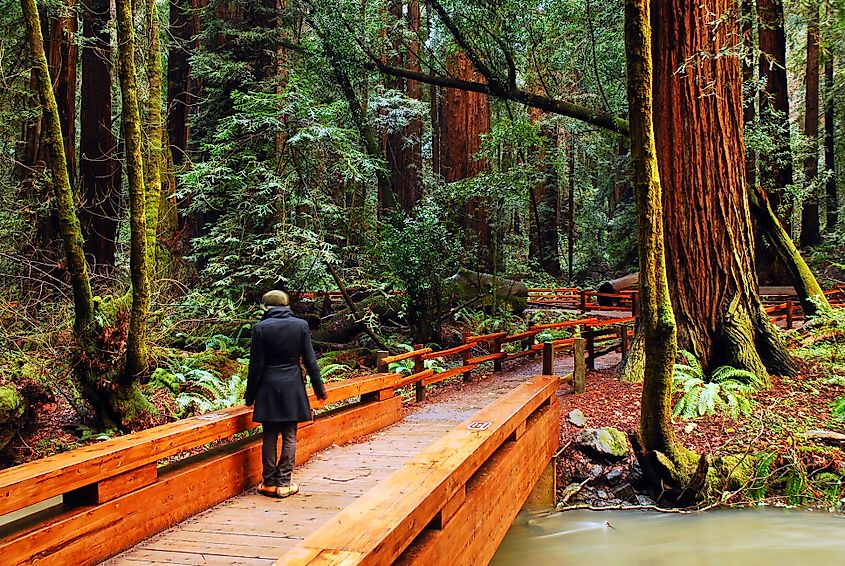
Cathedral Grove
The most famous section of the monument is Cathedral Grove, where redwoods soar more than 250 feet into the air. Sunlight filters through the canopy, highlighting ferns, moss, and the forest’s understory. The hush of this grove often stops people in their tracks, and many describe it as a spiritual experience. Birdsong and the occasional rustle of wildlife complete the serene atmosphere.
Main Trail Loop
The 2-mile Main Trail loop is accessible and well-maintained, making it ideal for first-timers. Elevated boardwalks protect fragile tree roots while offering close-up views of trunks wider than a city streetlight. Informational signs along the trail explain redwood ecology, conservation, and history, enhancing the walk with context as well as beauty.
Extended Hikes
For those seeking more adventure, side trails lead into Mount Tamalpais State Park. Trails such as the Dipsea Trail and Ben Johnson Trail climb into higher terrain, where redwoods mingle with Douglas firs and open spaces reveal panoramic views of the Pacific Ocean. Along the way, hikers may encounter seasonal creeks, native wildflowers, and the occasional deer or bird, making every step an immersive nature experience.
What You’ll See Beyond the Trees
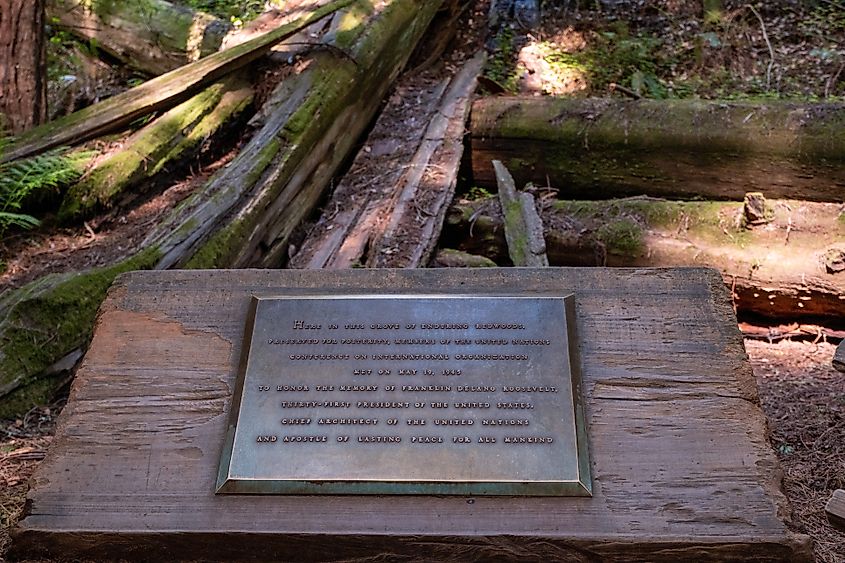
While the redwoods dominate, Muir Woods is home to an entire ecosystem. Ferns, mosses, and wildflowers carpet the forest floor, thriving in the cool shade. Banana slugs crawl across damp soil, and salmon spawn in Redwood Creek during winter. Overhead, owls, woodpeckers, and warblers add sound to the quiet canopy.
Muir Woods also has a cultural dimension. During World War II, it became a site of remembrance when a memorial service for President Franklin D. Roosevelt was held in Cathedral Grove. Delegates from around the world later visited the grove during the creation of the United Nations, symbolizing the link between nature and global peace.
Must-See Highlights
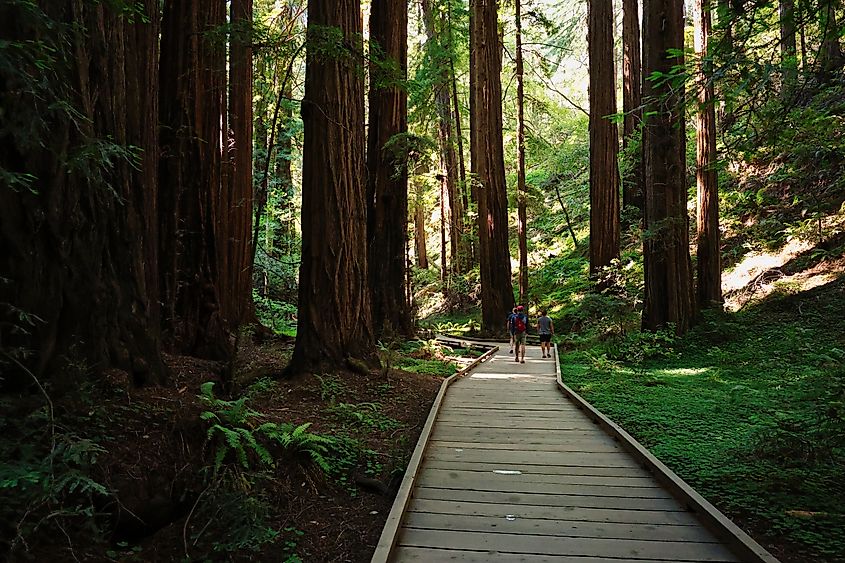
- Cathedral Grove: Sunlight filters through towering trunks, creating dappled patterns that change throughout the day. Moss and ferns carpet the forest floor, adding to the cathedral-like feel.
- Redwood Creek: Seasonal pools form along the creek, providing crucial habitat for juvenile salmon and other aquatic species. The sound of flowing water enhances the forest’s serene atmosphere.
- Main Trail Boardwalks: Interpretive signs along the boardwalks offer insights into redwood ecology, history, and conservation efforts. Benches provide spots to pause and admire the giants.
- Heritage Tree: Its broad base and towering height make it a favorite for scale photos, showing the massive size of old-growth redwoods.
- Trails to Mount Tamalpais: These trails often pass through mixed forests with madrone, oak, and bay laurel, giving hikers varied scenery before reaching panoramic coastal vistas.
Planning Your Visit
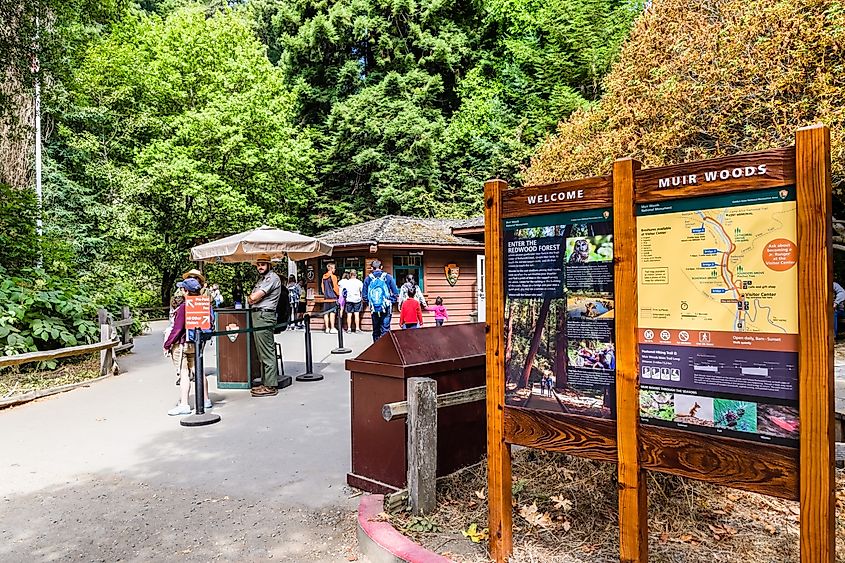
-
Getting there: Muir Woods is 12 miles north of San Francisco. Parking reservations are required for private vehicles, or you can take a shuttle from nearby areas.
-
Best time to go: Early mornings or late afternoons offer fewer crowds and magical lighting in the groves. Winter is quieter, while spring brings lush greenery and wildflowers.
-
What to bring: Comfortable walking shoes, a light jacket (the forest stays cool year-round), and a camera. Cell service is limited, so plan accordingly.
Why Muir Woods Still Matters
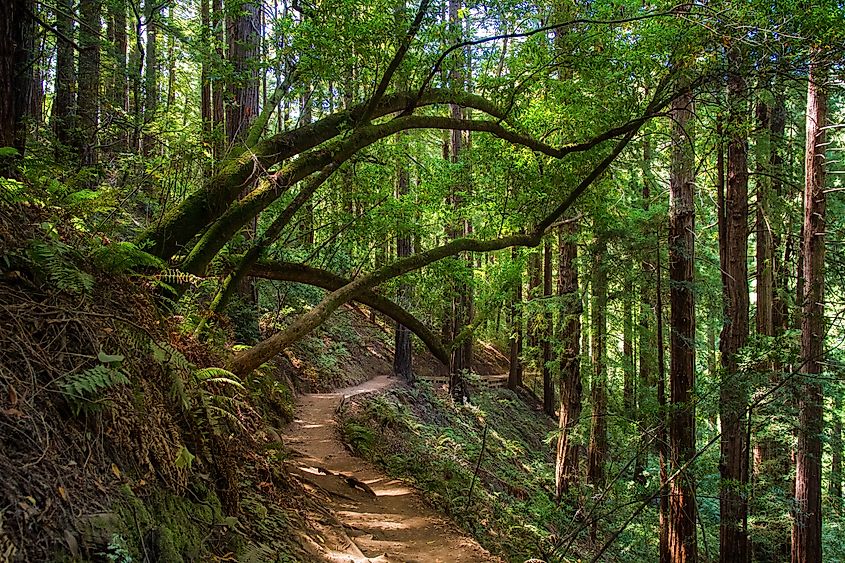
In an era of climate change and rapid urban growth, Muir Woods remains a symbol of resilience. These redwoods are living proof of nature’s ability to endure when given the chance. Some trees here are more than 1,000 years old, having withstood fires, floods, and human activity.
But their survival was not inevitable. The monument exists because people fought to protect it, and its preservation highlights the importance of conservation efforts across the country. For many, Muir Woods serves as an entry point into the broader conversation about protecting wild places, from Alaska’s tundra to Florida’s wetlands.
Walking beneath the redwoods also brings perspective. Their immense scale makes human concerns feel smaller, while their longevity reminds us of time measured in centuries instead of minutes. In that way, Muir Woods is more than a park. It is a rare chance to stand among giants and see the world as it once was, and as it could still be if we continue to protect it.
Conclusion: A Living Monument
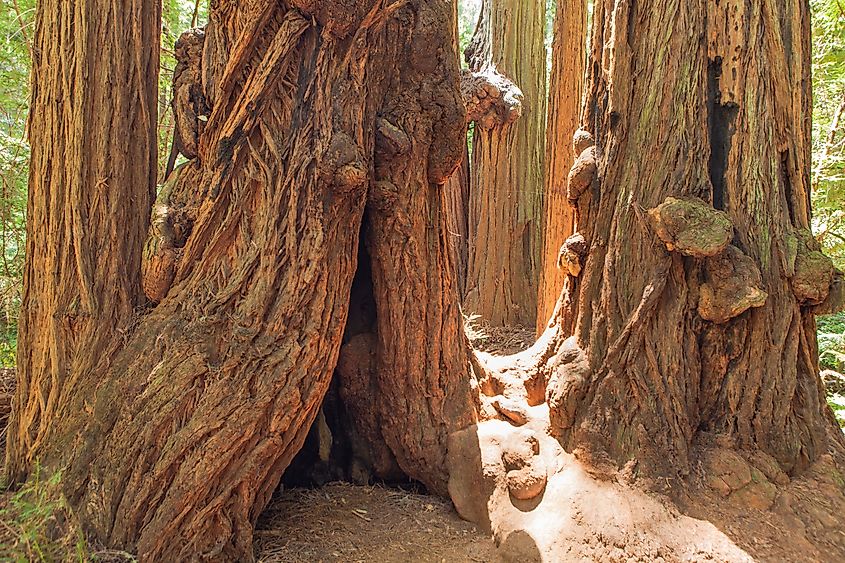
Muir Woods National Monument is not only a destination for travelers but also a living testament to the value of conservation. It connects history, ecology, and human experience in a way few places can. Whether you go for a quiet walk through Cathedral Grove, a strenuous hike into Mount Tamalpais, or simply to breathe in the cool forest air, you leave with a sense of awe that stays with you long after you’ve gone.
The forest still speaks in the rustle of leaves and the quiet rush of Redwood Creek. It tells the story of endurance, of what was saved, and of what is still worth saving. In the shade of California’s redwoods, time slows, and the importance of protecting natural wonders feels impossible to ignore.
Quick Facts About Muir Woods
| Feature | Details |
|---|---|
| Location | Marin County, California, 12 miles north of San Francisco |
| Established | 1908, by President Theodore Roosevelt |
| Named After | Naturalist John Muir |
| Oldest Trees | Over 1,000 years old |
| Tallest Trees | Over 250 feet |
| Main Attraction | Cathedral Grove and the Main Trail loop |
| Fun Fact | Site of a 1945 United Nations event honoring President Roosevelt |
